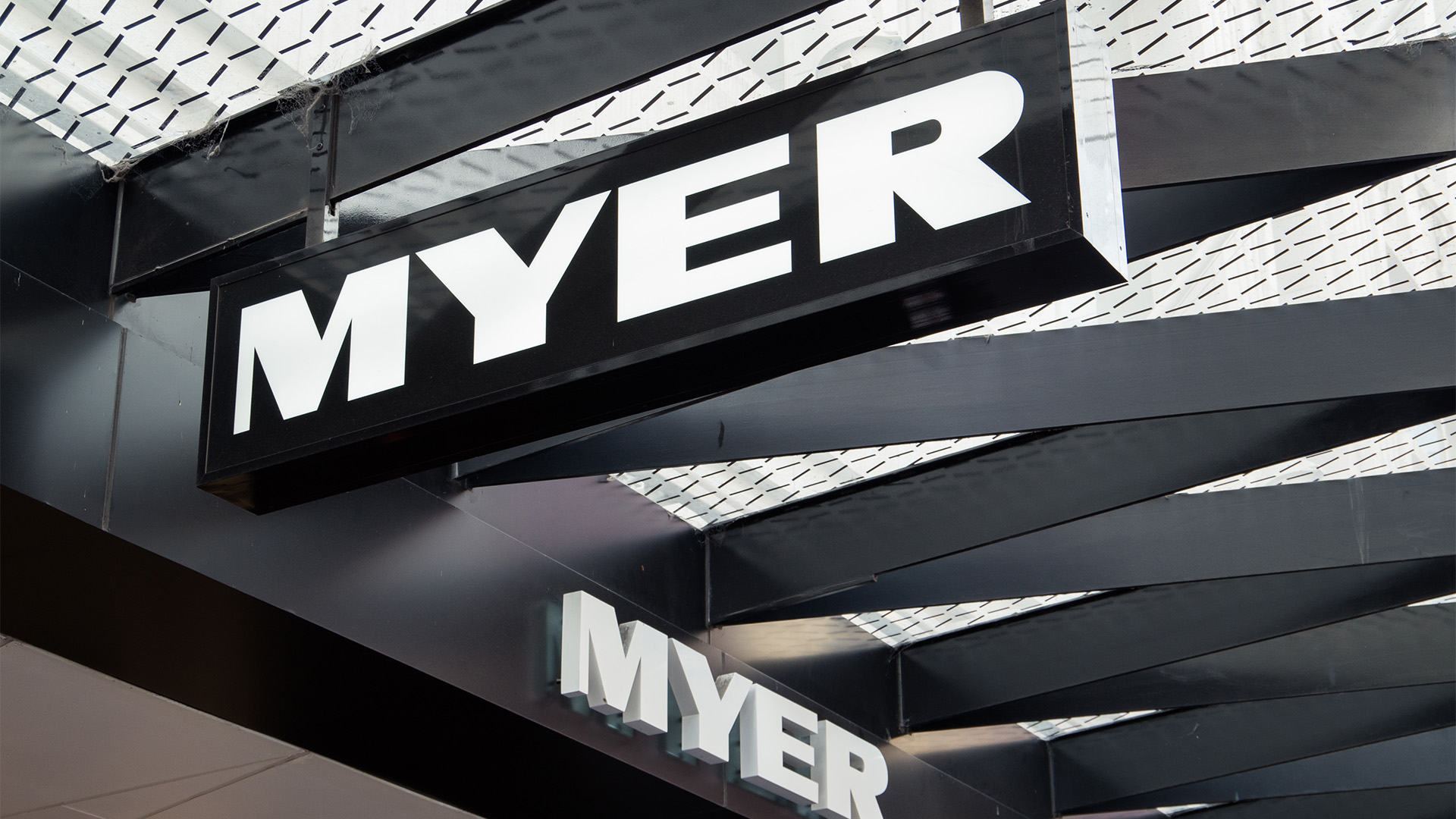Harvey Norman and JB Hi-Fi found extra sales growth, so did Speciality Fashion, Kmart, Bunnings and David Jones, but not Woolies, Big W, Target or a host of smaller chains. Kathmandu is doing better, as is The Reject Shop and Fantastic. Online is mixed – Surfstitch and Temple and Webster did it tough in 2015-16.
And looking at the weak July monthly retail sales data yesterday and the sluggish figures for the year to July, you would be right in saying some of those retailers that saw better than average growth (such as David Jones, Harvey Norman and JB, plus Kmart) are doing extra well.
Premier Investments in a week or two will confirm a solid 2015-16, especially its Smiggle chain while Cotton on, the Geelong- based group is also doing very well by all reports.
Super Retail Group is struggling to unlock sales growth with his three main chains – Rebel, BCF and Super Cheap finding the going tough, but Bapcor is growing very nicely (the former Bursons) after buying Metcash’s automotive business, including Auto Barn.
The ABS said retail spending was again flat in July after rises of 0.1% (seasonally adjusted) for both June and May. On a trend basis, retail sales were up 0.1% in July, unchanged from the preceding two months – in other words, no growth.
The market was looking for growth of 0.3%, so economists and others missed badly.
In trend terms retail sales grew 2.7% in the year to July, slowing sharply from 3.5% in the year to April, 4.0% in calendar 2015 and 4.4% in the year to July, 2015.
In other words, growth has vanished and the while it is positive in nominal terms compared to the consumer inflation figures (1% in the year to June).
In fact the ABS data shows retail sales (in trend terms) have been falling since September 2014 when they jumped 1.0% in the strongest monthly performance in recent years.
Weak spending across the board, with price deflation in many segments, especially food. real wage growth is positive, but only because inflation is so low – wages are growing around 2.2 to 2.5% annually and that is clearly having a downward impact on retail spending and sales growth for some stores.
Dick Smith went bust at the start of the year and that didn’t help consumer sentiment, but it did help JB Hi-Fi and Harvey Norman, as did the housing boom. Several small clothing chains have gone broke or are in administration.
In July the ABS said footwear and personal accessory sales rose 0.6% while spending in and cafes, restaurants and takeaway sales was up 0.5% from June, seasonally adjusted.
However there was a 0.9% slide in department store trade spending, household goods sales 0.4%. In fact department store spending has been falling now for five months, as have sales of household goods.
Food sales have been growing at 0.1% for all of 2016 so far as food price deflation maintains its grip thanks to plentiful supplies of and the aggressive discounting by Woolies and Coles especially, but also followed by Metcash and its IGA chain to a degree.
In trend terms and the strongest performing segment – takeaways and cafes have been the strongest with trend sales up 3.8% in the past year. That helps explain the solid June 30 performance by RFG Group (even after excluding the impact of its voracious acquisitions campaign) and why Coca Cola Amatil mentioned a solid performance by its coffee business as well in the half year to June 30.
Total retail spending was $25.01 billion in July, unchanged from June.













